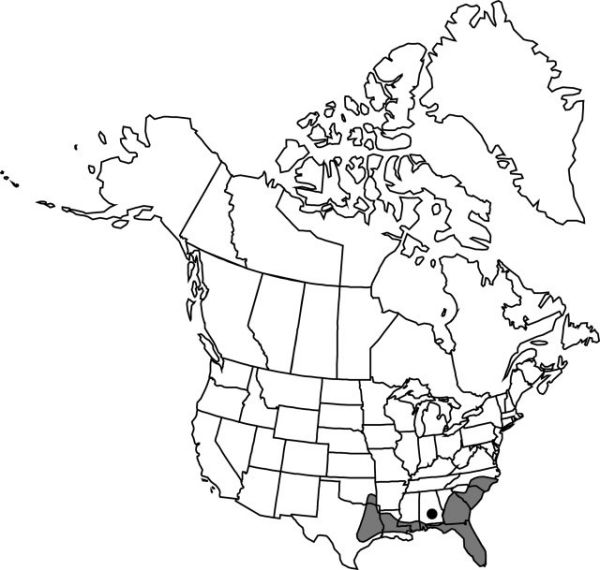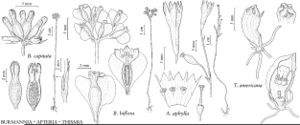Difference between revisions of "Burmannia capitata"
Nov. Gen. Sp. Pl. 1: 12. 1823.
FNA>Volume Importer |
imported>Volume Importer |
||
| (2 intermediate revisions by 2 users not shown) | |||
| Line 6: | Line 6: | ||
|place=1: 12. 1823 | |place=1: 12. 1823 | ||
|year=1823 | |year=1823 | ||
| + | }} | ||
| + | |special_status={{Treatment/ID/Special_status | ||
| + | |code=F | ||
| + | |label=Illustrated | ||
}} | }} | ||
|basionyms={{Treatment/ID/Basionym | |basionyms={{Treatment/ID/Basionym | ||
| Line 51: | Line 55: | ||
|publication title=Nov. Gen. Sp. Pl. | |publication title=Nov. Gen. Sp. Pl. | ||
|publication year=1823 | |publication year=1823 | ||
| − | |special status= | + | |special status=Illustrated |
| − | |source xml=https:// | + | |source xml=https://bitbucket.org/aafc-mbb/fna-data-curation/src/2e0870ddd59836b60bcf96646a41e87ea5a5943a/coarse_grained_fna_xml/V26/V26_1010.xml |
|genus=Burmannia | |genus=Burmannia | ||
|species=Burmannia capitata | |species=Burmannia capitata | ||
Latest revision as of 21:11, 5 November 2020
Stems 3–24(–33) cm. Leaves: basal leaves 0–3, ± same size as cauline leaves; cauline leaves subulate-lanceolate, 2–8 × 0.3–1.2 mm. Inflorescences 2–25-flowered cymes, usually appearing capitate (rarely less contracted), or occasionally flower solitary; cyme rachis usually absent, rarely to 6 mm; floral bracts subulate to lanceolate, 1.5–4 mm. Flowers 3-ribbed or slightly 3-winged, 2–6 mm; perianth cream-colored to white, sometimes tinged with blue or green; perianth tube (3- or) 6-lobed, to 0.8 mm wide; outer lobes usually incurved, triangular, 0.3–0.5 mm, margins involute; inner lobes absent or linear to elliptic, to 0.3 mm; pedicel 0–1 mm. Capsules 1.5–3 mm.
Phenology: Flowering mostly late summer–fall.
Habitat: Low woods, pond margins, savannas, bogs, swamps, ditches
Elevation: 0–100 m
Distribution

Ala., Fla., Ga., La., Miss., N.C., Okla., S.C., Tex., Mexico, West Indies, Central America, South America (to Argentina, Paraguay, Bolivia, Brazil).
Discussion
Chromosome counts of this species are not known from our region. A count of 2n = ca. 136 was reported for collections from Argentina.
Selected References
None.
